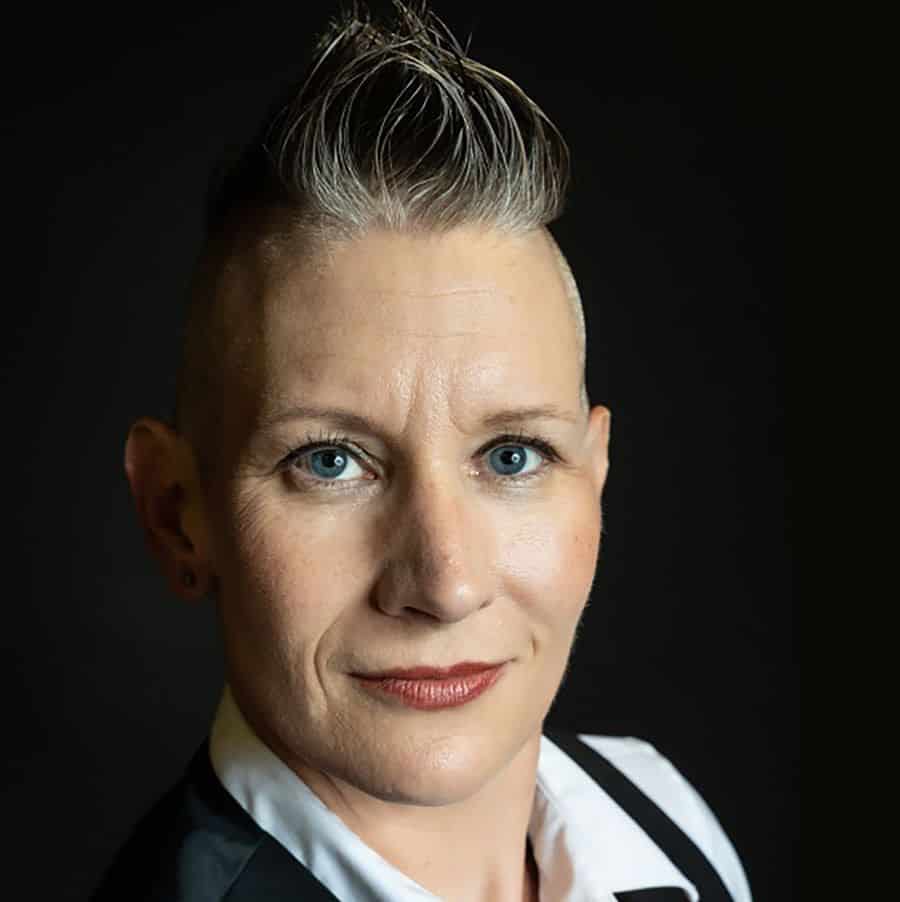A couple of months ago, I wrote a post about the importance of showing up — how regular contact with people and building relationships keeps you top of mind so potential clients will call you when they need legal services. In that post, I introduced you to my friend Jeremy, who works for a locally owned automotive repair and tire shop. Jeremy goes to all the mixers and networking events and staffs the booth at all the community fairs and business expos.
Easy for Him to Say!
A reader pointed out that Jeremy is his company’s director of business development, which essentially means he’s a professional hand-shaker and baby-kisser. His whole job is networking, unlike most solo and small firm lawyers who are working 40 to 80 hours a week on their clients’ legal matters.
It is a challenge to balance the demands of being a lawyer with running a business. How do you have time to effectively network on top of taking care of your clients and your firm’s administrative needs?
I can tell you what works for me. My business mentor got me in the habit of taking a few hours each month to examine my firm’s performance for the past month. I print out the firm’s monthly profit-and-loss statement, the cash flow report and the balance sheet. I look at where every cent I earned came from, including how I met the client. I also look back at my networking and relationship-building activities for the previous month and critically ask which were a good use of my time. Then I look ahead to the next 30 days and plan my group and one-on-one networking activities.
Relationship-building takes months, not days. I try to find groups and events where I’m going to meet my ideal potential clients and dedicate time to those activities on an ongoing basis. Then I start asking if I’m putting enough effort into relationship-building, and if after six months I’m getting a return on my investment. It’s okay not to renew your membership in a group — or to stop going to events — that may have looked like a good fit on paper, but in reality aren’t leading to the connections, exposure or work you’re looking for.
I still operate on something of a shoestring budget, so it was a big deal for me to spend $450 to join a particular business group this year. I made the investment because they have high-quality educational seminars and networking events every week, as well as active subcommittees. I joined their public policy committee, show up to events almost every week, and have regular contact with members between events. I’ll admit I told myself that if nothing else, I was going to get my $450 investment back in free food. Thankfully, it looks like I made the right decision to join because so far, showing up there is giving me the connections, relationships and reputation I was hoping to build.
When deciding where you’re going to keep showing up, lawyers who are solo or in smaller practices have to be way more strategic than those in larger firms that have dedicated business development staff. Whereas the Jeremys of the world get to cast a wide net and go to everything, we have to seek out the watering holes where we are going to find our best connections and clients and set up camp in those few places.
On the flip side, as solo and small firm lawyers, the amount of business we need to bring in to keep the doors open is often a lot less than those big enough to have a director of business development. We will probably always have to worry about how much time we spend running the business and doing our work. It’s all about finding that balance so there’s enough work to keep the firm open and enough new business coming in the door to keep it that way.
Ruth Carter is a lawyer, writer and speaker. Her virtual practice, The Carter Law Firm, focuses on intellectual property, social media, First Amendment and flash mob law. Named an ABA Journal 2012 Legal Rebel, Ruth is the author of the ABA book, Flash Mob Law: The Legal Side of Planning and Participating in Pillow Fights, No Pants Rides, and Other Shenanigans, as well as The Legal Side of Blogging: How Not to Get Sued, Fired, Arrested or Killed. In “Nothing But the Ruth,” she writes about the lessons she’s learning while building her new practice. She also blogs weekly at UndeniableRuth.com and you can follow her on Twitter @rbcarter.
Illustration ©ImageZoo.























